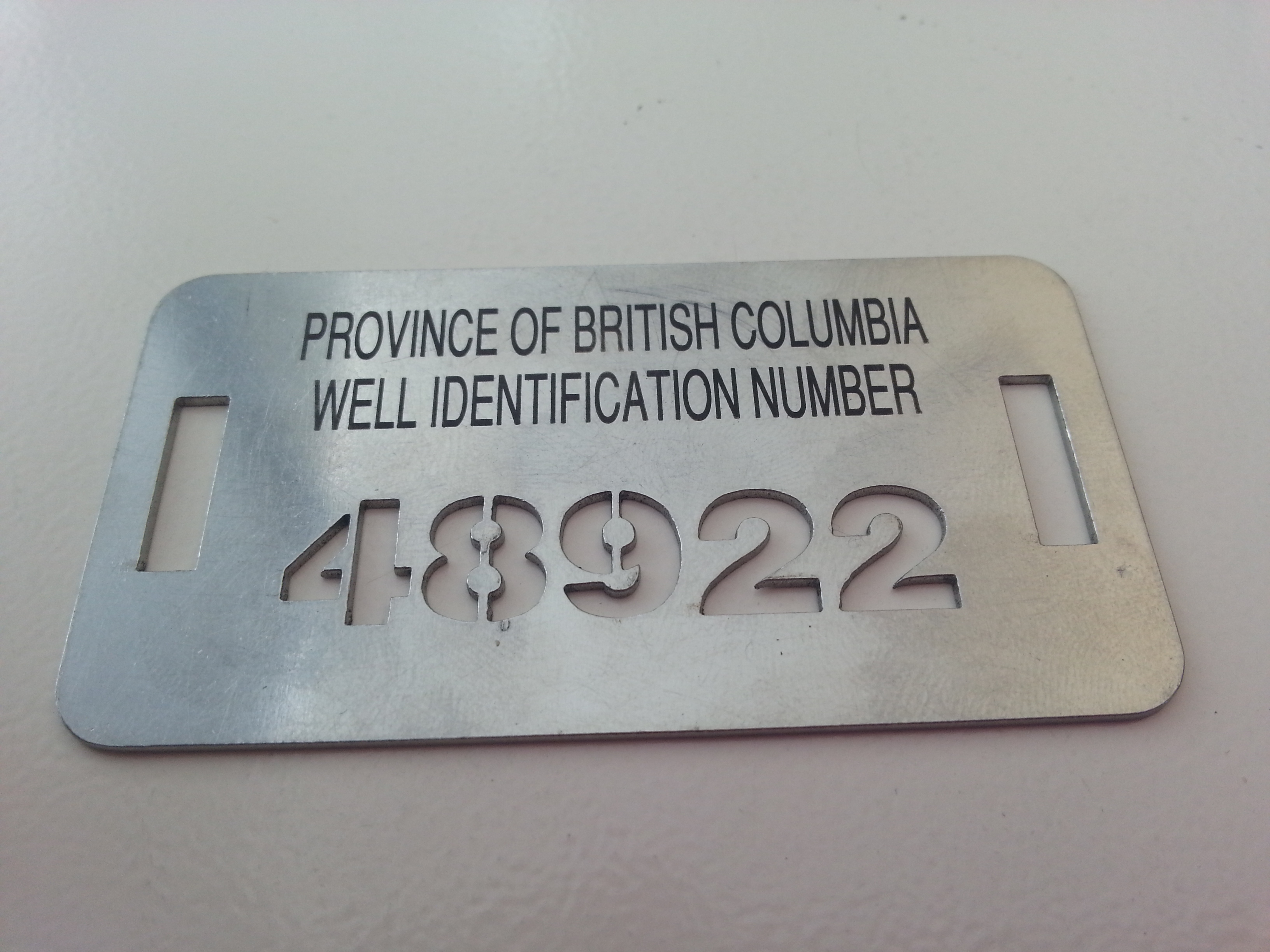Care for and maintain your water supply well
Taking proper care of your well, including regularly testing the water quality, can help ensure that you have a safe and sustainable water supply.
Care and maintenance by the property owner
As the property owner, you may perform some of the routine care and maintenance of your well. However, most maintenance of your well must be carried out by a registered well driller in order to protect the water supply from contamination. Routine care and maintenance activities are required under the Groundwater Protection Regulation.
If you are the property owner, you may carry out the following required activities or hire someone to:
- Best Practices for Groundwater Wells Going Dry and Drought Preparation (PDF, 422KB)
- Remove a well from a pit (PDF, 0.4MB)
- Construct, maintain or decommission a dug well (PDF, 0.5MB)
- Disinfect a well (PDF, 3.4MB)
- Flowing artesian well brief for well owners (PDF, 0.3MB)
- Build and maintain a pumphouse
- Replace a well cap and a well cover
- Maintain clear access to the well by keeping the path free from obstruction
- Deactivate or decommission a well (PDF, 0.5MB) as outlined in Part 9 of the Groundwater Protection Regulation (GWPR)
- Maintain the casing stick-up above the ground to ensure that floodwater does not rise over the top or flow into your well
- Maintain a gradient away from the well head to ensure water runoff does not pool near the well head
Your well may need repair and maintenance related to the structural integrity of the well and the surface seal, such as repairing the surface seal after cavities develop, or redeveloping the well to maintain its yield. For these activities, refer to the Register of Well Drillers to hire someone in your area.
Water quality testing by the property owner
Property owners that rely on wells for drinking water are encouraged to test their water periodically to make sure it is safe to drink. These resources can help you understand what to test for, and what action to take.
- Learn more about protecting drinking water quality in B.C.
- Is my water from my well safe to drink?
- Water Well Disinfection (PDF, 3.4MB)
- Saltwater Intrusion (PDF, 0.5MB)
- Arsenic in Drinking Water
- Nitrate in Groundwater
- Water Fluoridation Facts
- Manganese in Drinking Water
- Lead in Drinking Water
- Contact information for your regional health authority
- Water Quality Parameters in Raw Drinking Water (PDF, 0.8MB)
For water quality concerns related to your well, contact your local Health Authority.
Well identification
A well identification plate is a small, numbered plate that is attached to the well casing or near the well to identify the well on the ground, and which forms part of the well record. If you own a well that is part of a drinking water supply system, you must attach a well identification plate. Email Groundwater@gov.bc.ca to request your free well identification plate.

As the well owner, you must maintain the well identification plate and protect it from physical damage. If the plate is lost or damaged, email Groundwater@gov.bc.ca within 30 days to request a replacement plate. Attach the replacement plate to the well casing using a hose clamp strap. Return a completed Well Identification Report (PDF, 0.1MB) to Groundwater@gov.bc.ca when you replace a well identification plate.
Decommissioning or deactivating a well
Abandoned or unused wells can deteriorate over time and become a threat to groundwater. The Water Sustainability Act (the Act) and Groundwater Protection Regulation (GWPR) state that unused wells that have no plans for future use must be decommissioned. Unused wells intended for future use must be deactivated.
If your well supplies groundwater for domestic use only and there is no record of your well in Groundwater Wells and Aquifers, submit a completed Well Registration Form (PDF) by mail or email
Ministry of Environment
PO Box 9362 Stn Prov Govt
Victoria B.C.
V8M 9M2
Email: Groundwater@gov.bc.ca
